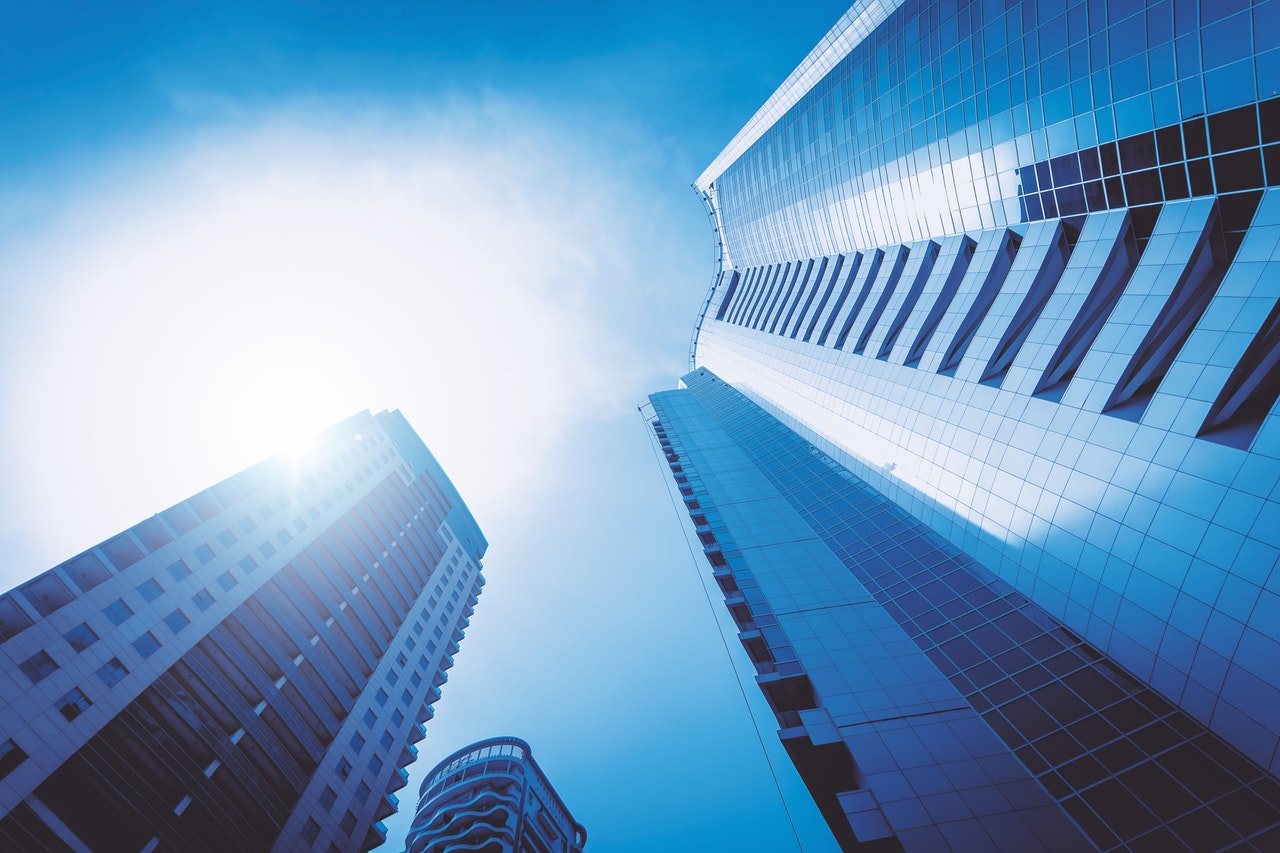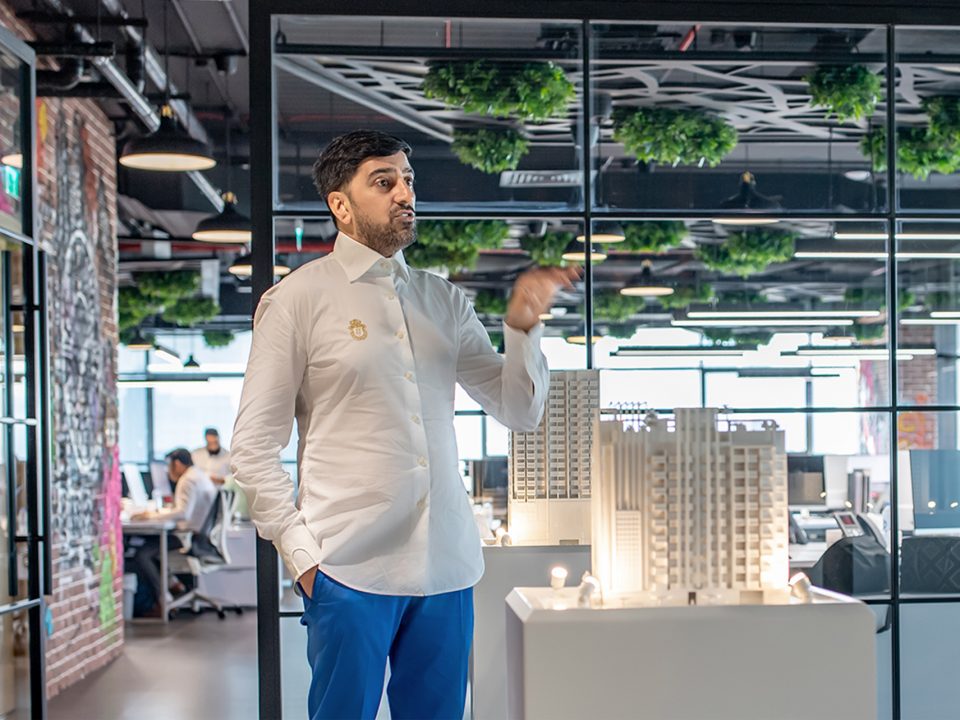

Dubai Off-Plan Property Sales Jump in Q1 2017
20 April 2017
Affordable Apartment Investment on the Increase in Dubai
21 April 2017

Businesses seek out low rents when looking for office space, so they can streamline costs, so office complexes with low rents can prove attractive to investors who are looking to accrue stable long-term returns. The Dubai skyscraper office market could serve as a lucrative long-term prospect for investors, as new figures reveal that it has some of the lowest rents out of all major global cities.
Rise into the sky
Dubai is the beating heart of the United Arab Emirates’ (UAE) economy, and is increasingly becoming an important market for both regional and western companies, especially in the manufacturing industry. As businesses flock to the city, new opportunities arise for commercial property developers and investors every day, and Dubai has seen the development of a strong office real estate sector.
Across the past decade, Dubai has become gripped by an office building spree, with developers striving to outdo each other, by constructing ever-higher office blocks. The city is home to some of the tallest office buildings in the world, including the Emirates’ Office Tower, the Almas Tower and most notably, the Burj Khalifa – the highest structure on earth, but this has created an unexpected issue.
Empty space
Many office spaces’ in Dubai’s skyscrapers are empty, as demand outstrips supply. According to The National, a regional news source, UK property consultancy Knight Frank’s latest report, the Spring 2017 Dubai Office Market Bulletin, notes that for the past two years, rents for commercial buildings of over 30 storeys in the city have stood flat at US$43.55 per square foot, because of this issue.
Dubai has the cheapest office space of all the world’s 21 major cities included in Knight Frank’s study, coming in at six times cheaper than office space in Hong Kong, which are the most expensive. But Knight Frank noted top-band office rates only increased in two of these’ cities sub-markets and both were in Dubai; the city’s Dubai International Finance Centre saw top band office rents climb by 5.7% year-on-year, while there was also an increase in the non-free zone space of the Dubai Design District.
Risky markets?
It appears as though, therefore, that Dubai’s office sector is becoming polarised, with prime rents maintaining value, but secondary market rents dropping. Meanwhile the Knight Frank research, which analysed sky rise rental costs during the second half of 2016, showed that 2016’s political shock events, such as Brexit and the election of Donald Trump as US President, sparked nervousness in office property markets worldwide, leading the sector to record flat growth across this period.
Commenting on how the global office rent sector could recover this year, Knight Frank’s Chief Economist, James Roberts, said: “In 2017 the tone of global economic news is improving and both Brexit and the [Donald] Trump government have not had the negative impact on growth that was initially feared… When we compile the next skyscraper index in the summer, I expect to see more cities reporting rental growth in tower buildings,” so Dubai’s office rental prospects may improve.
Look to the future
Giving his take on Knight Frank’s latest report, British and Emirati property developer Reign Holdings’ Chairman, Samir Salya, said: “A shaky political climate, along with moderate demand for a huge supply, has kept skyscraper office rents stable in Dubai over the past few years, providing a secure opportunity for investors. As the global economy gradually continues to improve, more businesses may flock to Dubai, making the city’s skyscraper office market a potentially lucrative long-term investment option.”
Samir Salya
Samir Salya is the Chairman of Reign Holdings and is involved in real estate and construction within the UAE and UK. Samir holds over 20 years of experience in executive management, business expansion, performance improvement, sales and marketing.
Related posts

Copyrights © 2020 Reign Holdings. All Rights Reserved.


